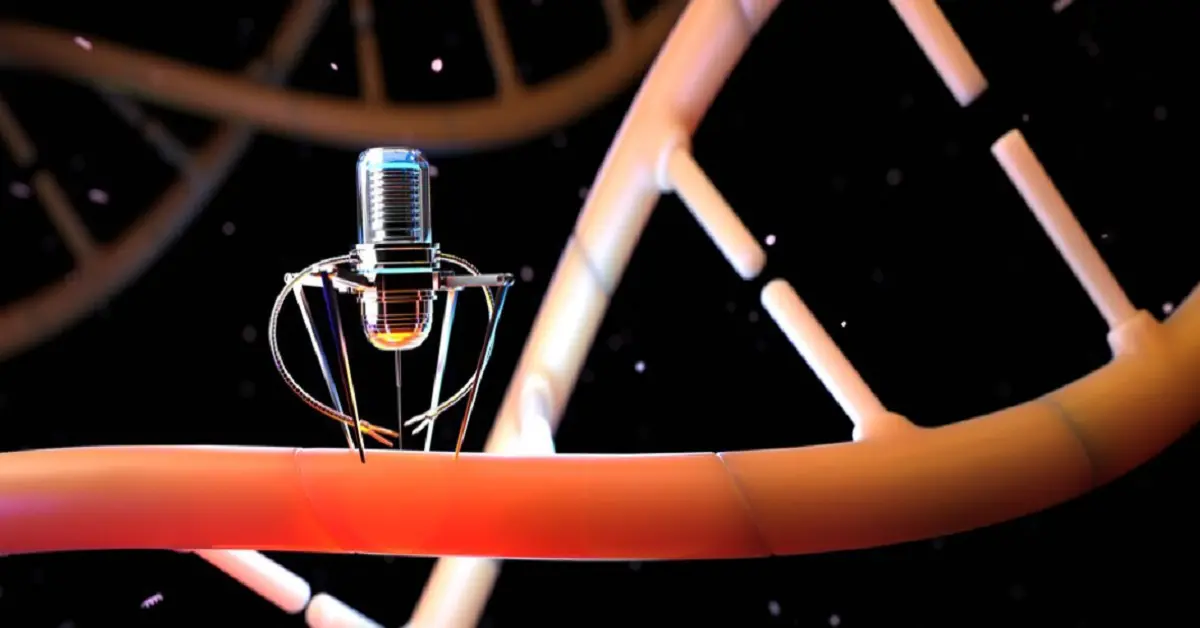Introduction
DNA replication is a fundamental process in biology, ensuring the accurate duplication of genetic material before cell division. But what occurs after this intricate process reaches completion? Understanding the events that unfold post-replication is crucial in comprehending the complexities of cellular mechanisms and their broader implications.
Understanding DNA Replication
Importance of DNA Replication
DNA replication serves as a cornerstone of life, facilitating the transmission of genetic information from one generation to the next. This process ensures the fidelity of genetic material, essential for the maintenance of cellular functions and the perpetuation of species.
Process Overview
During DNA replication, the double-stranded after dna replication is completed, _____. molecule unwinds and separates into two strands, each serving as a template for the synthesis of a complementary strand. Enzymes, such as DNA polymerases, catalyze the addition of nucleotides to form new strands, resulting in two identical DNA molecules.
Completion of DNA Replication
Significance
Upon completion of after dna replication is completed, _____. replication, the cell possesses two identical sets of genetic material, ready for distribution to daughter cells during cell division. This fidelity is paramount in preserving the integrity of the genetic code and ensuring the proper functioning of cellular processes.
Key Events
Following the finalization of DNA replication, several critical events take place to safeguard the newly synthesized DNA strands. Proofreading mechanisms, carried out by DNA polymerases, identify and correct any errors that may have occurred during replication. Additionally, specialized repair pathways address lesions and damages, maintaining genomic stability.
Post-Replication Processes
Proofreading and Repair Mechanisms
DNA polymerases possess inherent proofreading capabilities, enabling them to detect and correct errors in newly synthesized DNA strands. Mismatch repair pathways further enhance the accuracy of DNA replication by rectifying base-pairing mistakes that evade initial proofreading.
Chromatin Reassembly
After DNA replication, chromatin, the complex of DNA and proteins, undergoes reassembly to restore its condensed structure. Histone proteins play a crucial role in this process, facilitating the packaging of newly synthesized DNA into chromatin fibers.
Cellular Functions After DNA Replication
Gene Expression
Following after dna replication is completed, _____. replication, cells engage in the intricate process of gene expression, wherein genetic information encoded in DNA is transcribed into RNA molecules. These RNA molecules serve as templates for protein synthesis, ultimately dictating cellular functions and phenotypic traits.
Cell Division
DNA replication precedes cell division, providing each daughter cell with a complete set of genetic material. During mitosis or meiosis, replicated chromosomes segregate into daughter cells, ensuring the faithful transmission of genetic information.
Implications in Disease and Research
Cancer
Dysregulation of DNA replication and repair processes can lead to genomic instability, a hallmark of cancer. Mutations in genes encoding components of the replication machinery may predispose cells to malignant transformation, highlighting the significance of understanding post-replication events in cancer biology.
Therapeutic Interventions
Insights into post-replication processes have paved the way for the development of targeted therapeutic strategies in cancer treatment. By exploiting vulnerabilities in DNA replication and repair pathways, researchers aim to devise novel therapies that selectively eradicate cancer cells while minimizing collateral damage to healthy tissues.
Conclusion
In conclusion, the completion of after dna replication is completed, _____. replication marks the beginning of a series of intricate cellular events essential for the maintenance of genomic integrity and cellular functions. Understanding post-replication processes not only sheds light on fundamental biological mechanisms but also holds promise for advancing therapeutic interventions in various diseases, including cancer.
